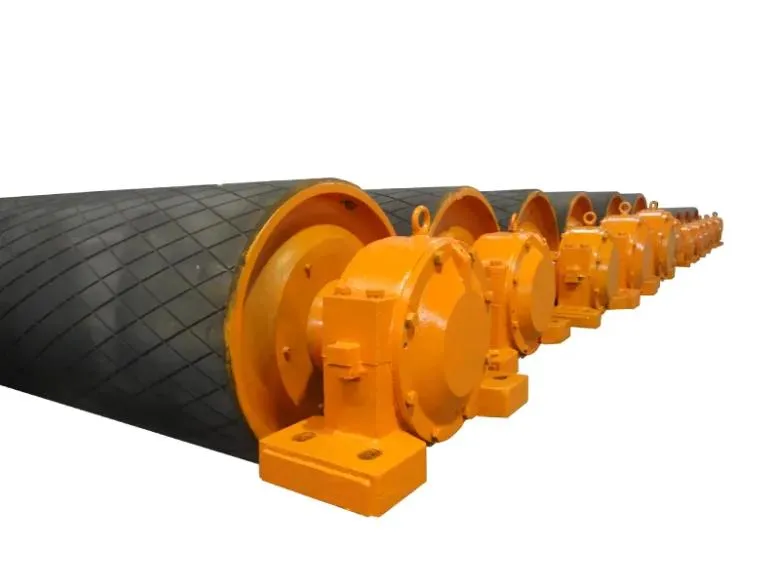 Afrikaans
Afrikaans  Albanian
Albanian  Amharic
Amharic  Arabic
Arabic  Armenian
Armenian  Azerbaijani
Azerbaijani  Basque
Basque  Belarusian
Belarusian  Bengali
Bengali  Bosnian
Bosnian  Bulgarian
Bulgarian  Catalan
Catalan  Cebuano
Cebuano  Corsican
Corsican  Croatian
Croatian  Czech
Czech  Danish
Danish  Dutch
Dutch  English
English  Esperanto
Esperanto  Estonian
Estonian  Finnish
Finnish  French
French  Frisian
Frisian  Galician
Galician  Georgian
Georgian  German
German  Greek
Greek  Gujarati
Gujarati  Haitian Creole
Haitian Creole  hausa
hausa  hawaiian
hawaiian  Hebrew
Hebrew  Hindi
Hindi  Miao
Miao  Hungarian
Hungarian  Icelandic
Icelandic  igbo
igbo  Indonesian
Indonesian  irish
irish  Italian
Italian  Japanese
Japanese  Javanese
Javanese  Kannada
Kannada  kazakh
kazakh  Khmer
Khmer  Rwandese
Rwandese  Korean
Korean  Kurdish
Kurdish  Kyrgyz
Kyrgyz  Lao
Lao  Latin
Latin  Latvian
Latvian  Lithuanian
Lithuanian  Luxembourgish
Luxembourgish  Macedonian
Macedonian  Malgashi
Malgashi  Malay
Malay  Malayalam
Malayalam  Maltese
Maltese  Maori
Maori  Marathi
Marathi  Mongolian
Mongolian  Myanmar
Myanmar  Nepali
Nepali  Norwegian
Norwegian  Norwegian
Norwegian  Occitan
Occitan  Pashto
Pashto  Persian
Persian  Polish
Polish  Portuguese
Portuguese  Punjabi
Punjabi  Romanian
Romanian  Russian
Russian  Samoan
Samoan  Scottish Gaelic
Scottish Gaelic  Serbian
Serbian  Sesotho
Sesotho  Shona
Shona  Sindhi
Sindhi  Sinhala
Sinhala  Slovak
Slovak  Slovenian
Slovenian  Somali
Somali  Spanish
Spanish  Sundanese
Sundanese  Swahili
Swahili  Swedish
Swedish  Tagalog
Tagalog  Tajik
Tajik  Tamil
Tamil  Tatar
Tatar  Telugu
Telugu  Thai
Thai  Turkish
Turkish  Turkmen
Turkmen  Ukrainian
Ukrainian  Urdu
Urdu  Uighur
Uighur  Uzbek
Uzbek  Vietnamese
Vietnamese  Welsh
Welsh  Bantu
Bantu  Yiddish
Yiddish  Yoruba
Yoruba  Zulu
Zulu Jan . 13, 2025 17:51
Back to list
troughing idlers manufacturer
In the complex world of industrial material handling, conveyor troughing idlers are the unsung heroes that ensure efficient, reliable, and cost-effective operations. As a critical component of belt conveyor systems, troughing idlers play a pivotal role in supporting the conveyor belt and the materials transported. Understanding their importance, variations, and maintenance requirements can empower businesses to make informed decisions, optimizing performance and longevity.
Strategically integrating innovative technologies in troughing idler design reflects the industry’s shift towards more intelligent and sustainable operations. Material advancements, including self-cleaning features and eco-friendly materials, alongside intelligent monitoring systems, ensure idler systems are not only efficient but also environmentally conscious. Some idlers now incorporate self-lubricating properties or use water-based lubricants to minimize environmental impact while extending lifespan. Much of the industry's expertise and authority in conveyor troughing idlers stem from decades of empirical research, real-world applications, and technological innovations. Leaders in the field continually push the envelope by investing in R&D and collaborating with industry stakeholders to develop idlers that meet and exceed current industrial demands. Trustworthy and credible information in the selection and maintenance of troughing idlers is gleaned through partnerships with reputable manufacturers and industry experts. Engaging with experts, attending industry conferences, and keeping abreast of the latest technological advancements allows companies to harness the potential of conveyor systems fully. In closing, conveyor troughing idlers may seem a modest component of the larger conveyor system, but their impact on operational efficiency and cost-effectiveness is enormous. By leveraging extensive experience, specialized expertise, and a commitment to authoritative knowledge, businesses can ensure that their conveyor systems run efficiently, sustainably, and profitably. With an unwavering focus on these core principles, companies can navigate the evolving landscape of industrial material handling with confidence and success.


Strategically integrating innovative technologies in troughing idler design reflects the industry’s shift towards more intelligent and sustainable operations. Material advancements, including self-cleaning features and eco-friendly materials, alongside intelligent monitoring systems, ensure idler systems are not only efficient but also environmentally conscious. Some idlers now incorporate self-lubricating properties or use water-based lubricants to minimize environmental impact while extending lifespan. Much of the industry's expertise and authority in conveyor troughing idlers stem from decades of empirical research, real-world applications, and technological innovations. Leaders in the field continually push the envelope by investing in R&D and collaborating with industry stakeholders to develop idlers that meet and exceed current industrial demands. Trustworthy and credible information in the selection and maintenance of troughing idlers is gleaned through partnerships with reputable manufacturers and industry experts. Engaging with experts, attending industry conferences, and keeping abreast of the latest technological advancements allows companies to harness the potential of conveyor systems fully. In closing, conveyor troughing idlers may seem a modest component of the larger conveyor system, but their impact on operational efficiency and cost-effectiveness is enormous. By leveraging extensive experience, specialized expertise, and a commitment to authoritative knowledge, businesses can ensure that their conveyor systems run efficiently, sustainably, and profitably. With an unwavering focus on these core principles, companies can navigate the evolving landscape of industrial material handling with confidence and success.
Next:
Latest news
-
Revolutionizing Conveyor Reliability with Advanced Rubber Lagging PulleysNewsJul.22,2025
-
Powering Precision and Durability with Expert Manufacturers of Conveyor ComponentsNewsJul.22,2025
-
Optimizing Conveyor Systems with Advanced Conveyor AccessoriesNewsJul.22,2025
-
Maximize Conveyor Efficiency with Quality Conveyor Idler PulleysNewsJul.22,2025
-
Future-Proof Your Conveyor System with High-Performance Polyurethane RollerNewsJul.22,2025
-
Driving Efficiency Forward with Quality Idlers and RollersNewsJul.22,2025
OUR PRODUCTS





























